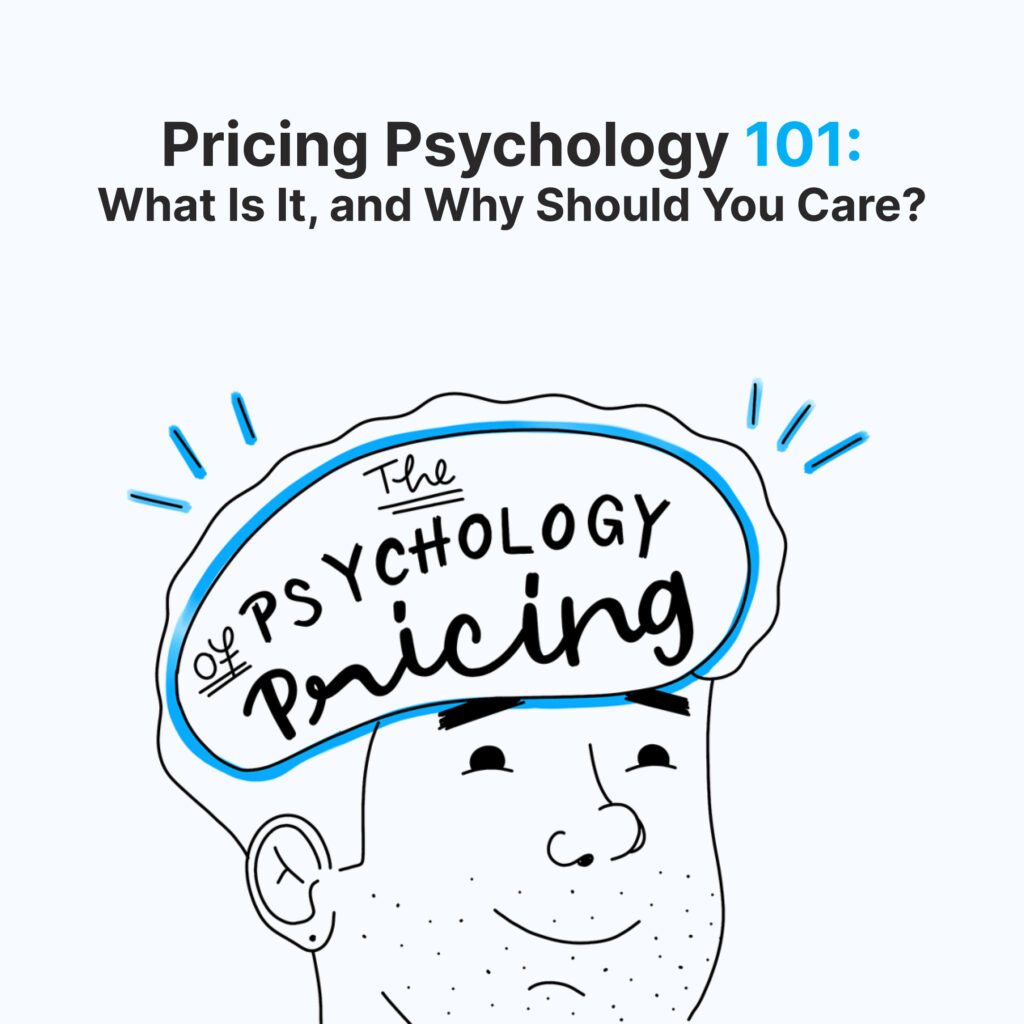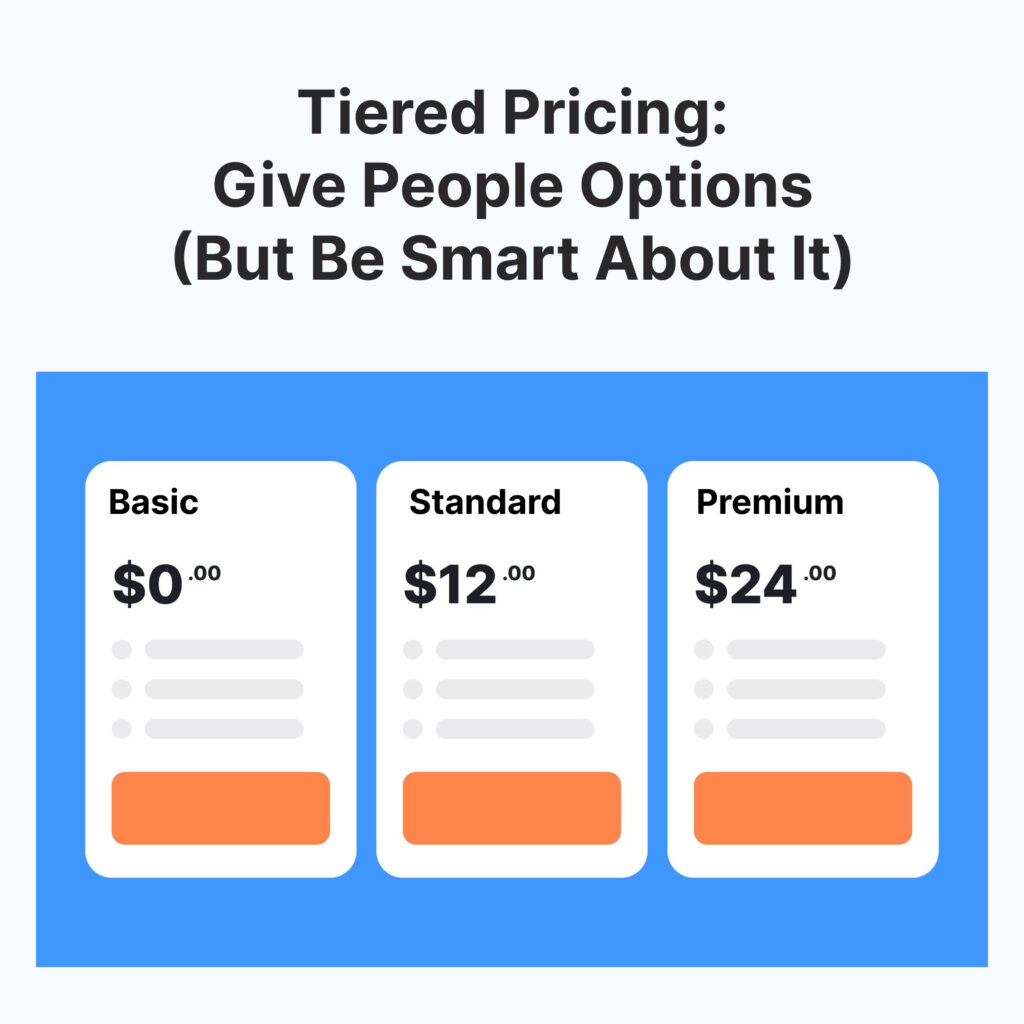Ever wonder why some digital products fly off the virtual shelves while others just… sit there?
It’s not always about the quality. Sometimes, it’s about how they’re priced.
Yep, pricing psychology plays a huge role in how people perceive value—and whether or not they hit that “Buy Now” button. The good news? You don’t need a degree in behavioral economics to use it to your advantage. Creators around the world are quietly boosting their profits by making small, smart tweaks to how they price their digital goods.
Let’s dig into some powerful (and surprisingly simple) pricing psychology tricks you can start using today.

Pricing Psychology 101: What Is It, and Why Should You Care?
Pricing psychology is all about how people perceive price—not just the number itself, but the feeling behind it.
And guess what? We humans aren’t as rational as we think. We make buying decisions based on emotions, perceived value, and subtle cues. As a digital creator, understanding these cues can be your secret weapon.
Why it matters for digital products:
Unlike physical items, digital products don’t have a clear cost of production. That means you get to shape how valuable your product seems—and how much people are willing to pay for it.
The Power of Price Anchoring
Have you ever seen a product that says “Originally $99, now just $39” and suddenly felt like you’re getting a great deal?
That’s anchoring in action. Your brain sees the first price (the “anchor”) and compares everything else to it.
Creators are using this trick all the time:
- Offering a premium bundle at $79… next to a smaller version at $29.
- Showing a “Compare to $199” next to their $49 product.
When done right, it makes your offer look like a steal—even if you were always planning to sell it for $49.
The $9.99 Magic Trick (aka Charm Pricing)
There’s a reason you see prices ending in .99 or .97 everywhere. It’s not a coincidence—it’s science.
Our brains tend to read prices from left to right and give more weight to the first number. So $9.99 feels closer to $9 than $10, even though it’s just a penny away.
Pro tip:
Use charm pricing when you want your product to feel more affordable or impulse-buy-worthy.
Save round numbers ($20, $100) for when you want to convey premium, polished value.
Reframe the Price, Reframe the Perception
Would you rather pay $120 a year… or $10 a month?
They’re the same amount, but the way it’s presented changes how it feels. That’s the power of price framing.
Try:
- Breaking down big prices into per day/per use (e.g., “Just $0.33/day”)
- Comparing your price to something familiar (e.g., “Less than a coffee a week”)
When you frame the price in relatable, bite-sized terms, buyers are more likely to say yes.
Bundles = Bigger Value, Better Sales
If you’re selling templates, stock photos, eBooks, or presets, this one’s for you.
Bundling is one of the easiest ways to increase perceived value—without increasing production costs. Why sell one item for $10, when you can sell a bundle of 5 for $29?
Buyers love feeling like they’re getting more for their money.
You get to raise your average order value.
Everyone wins.
Try creating themed bundles or “starter packs” to make it feel intentional and useful.
Scarcity & Urgency: Tap Into FOMO (But Ethically)
Ever bought something just because it was “ending soon” or “only 3 left”?
Scarcity and urgency are powerful motivators. Our brains hate missing out on opportunities—especially good ones.
Here’s how digital creators use this:
- Limited-time discounts (“Sale ends Sunday at midnight!”)
- Countdown timers on landing pages
- Limited quantity bonuses (“First 50 customers get a free bonus pack”)
Just one note: use this strategy genuinely. Fake scarcity can kill trust fast.

Tiered Pricing: Give People Options (But Be Smart About It)
Offering multiple pricing tiers isn’t just about giving people choices—it’s about guiding them toward the choice you want them to make.
This is where the decoy effect comes in.
Let’s say you offer:
- Basic: $19
- Standard: $39
- Premium: $59
Most buyers will gravitate toward the middle option. Why? Because it feels “safe.” Not too cheap, not too pricey—just right.
Position your tiers intentionally, and watch your conversions climb.
Free Can Lead to Premium: The Freemium Model
Giving something away for free? Sounds risky. But it’s actually a smart move—if you play it right.
By offering a free sample (like a mini course, trial, or template), you lower the barrier to entry. You build trust. And once people see the value you bring? They’re more likely to pay for more.
The freemium model works wonders for:
- Software tools
- Membership sites
- Downloadable resources
- Online education
Just make sure your freebie genuinely helps—it sets the tone for everything else.
Experiment, Test, Repeat
Here’s the truth: There’s no “perfect” price. What works for one creator may flop for another. That’s why testing is key.
Try:
- A/B testing two price points
- Swapping out wording and watching the conversion rate
- Changing how you frame your price or your offer
Use data to guide your decisions—not just gut instinct.
💡 And if you’re using a platform like Sellzzy, it’s even easier. Sellzzy is built for digital creators who want to launch a store without any coding or tech headaches. You get the freedom to build your brand, set your pricing, and adjust it anytime—on your terms.
Whether you’re selling digital downloads, subscriptions, or bundles, Sellzzy puts creators in control—no middlemen, no limits.
🎯 Final Thoughts: Price With Purpose
At the end of the day, pricing isn’t just about numbers. It’s about perception, value, and trust.
With a few clever tweaks—and a bit of empathy for how people think—you can turn your pricing strategy into a profit-boosting machine.
Remember: You’re not tricking anyone. You’re simply aligning your product’s value with the way people make decisions.
Ready to test out these pricing strategies?
Try them on your next launch—or revisit an old product—and see what happens. Even a small change could make a big difference. 💸
